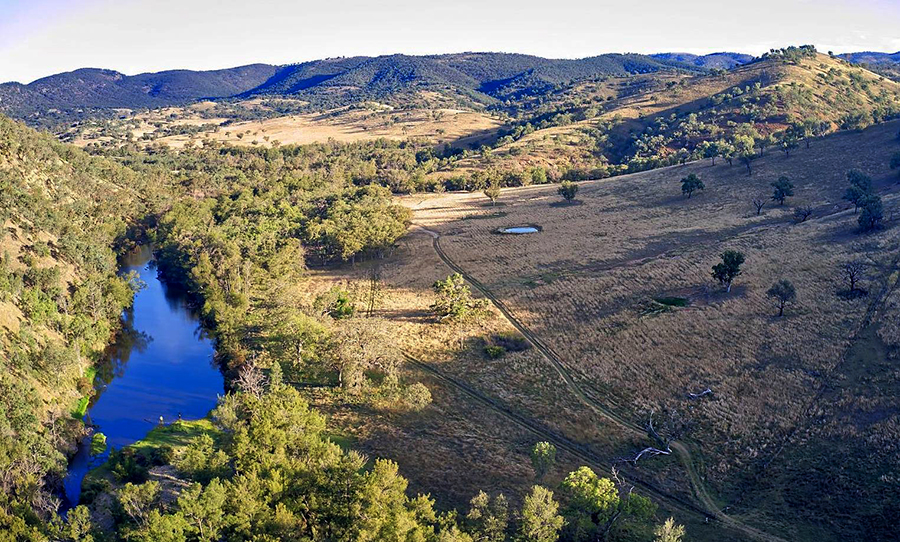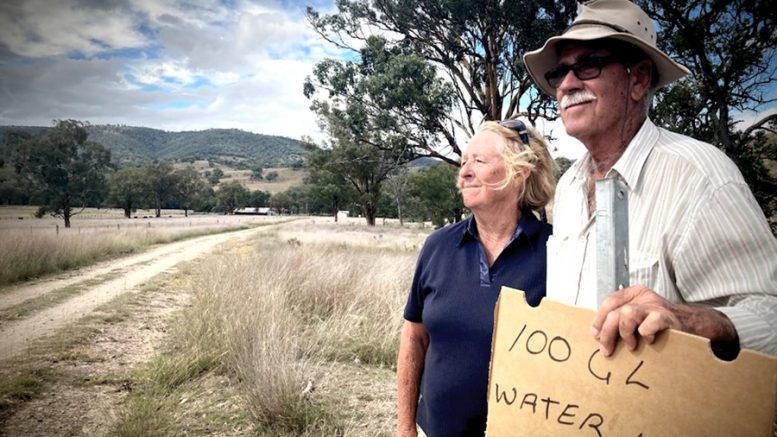Contributed from New South Wales
Pressure on the New South Wales government brought about by community opposition led by the Mole River Protection Alliance and the recent electoral disaster suffered by the Liberal Party nationally has pushed it to scrap the intended $350 million dam at Mole River west of Tenterfield, near the border with Queensland.
NSW Water Minister Kevin Anderson said in a statement; “We have listened to community feedback, undertaken rigorous investigations and cost benefit analysis, and determined that the proposed Mole River Dam will not proceed.”

A view of the Mole River catchment area that was under threat
The project had attracted accusations of corruption associated with the National Part’s pork barrelling activities benefiting its downstream electoral bases. But the communities facing paying the price fought back.
A cross party inquiry released a report last year that was heavily critical of the project.
The expansion of the Wyangala Dam near Cowra is also heading for the scrap heap.
Dam controversies have highlighted the serious need to improve water management. Australia has a limited water supply and what there is has often been subject to political manipulation, securing the loin’s share to the biggest landowners. Water has subsequently been squandered, and this has caused environmental degradation. Other landholders and local communities have paid a heavy price with the loss of land from the construction of dams and the drying of water courses downstream.
Misuse of water has a longer-term impact on the economy. Deteriorating soil quality impacts on agricultural output. Local economies suffer, and this filters through to the nation.
Australia needs a far more effective land management plan. Since water courses don’t recognise borders, the responsibility can’t be left with the states. Nor should the plan be governed by the demands of the biggest landowners. The criterion for management should be water conservation, the effect on local communities, and preservation of environmental diversity, which will ensure the health of the land.
There is still a long way to go to get there.
Global warming has increased the need to do much better than Australia has so far. This is a drying land and the wellbeing of all will depend on ensuring water security.
Only a community groundswell demanding a proper water management plan will ensure this comes about. Communities are standing up. More will do so in the future and overcome the obstacles along the way.


Be the first to comment on "Scrapping of the Mole River dam shows Australia needs a water management plan"